Home>Garden Essentials>How To Plant Wild Lamium Ground Cover
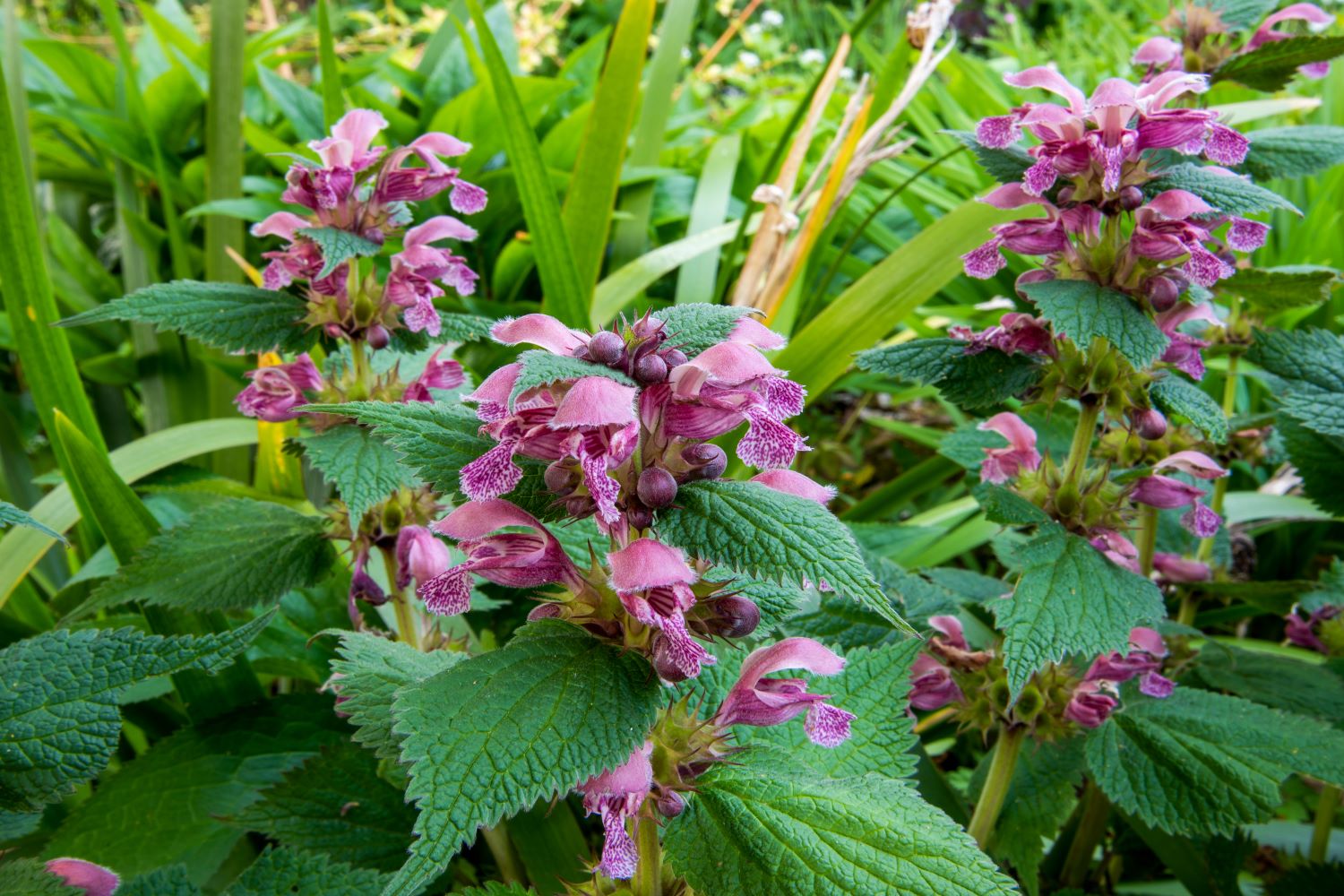

Garden Essentials
How To Plant Wild Lamium Ground Cover
Modified: March 7, 2024
Learn how to plant wild lamium ground cover in your garden. Create a beautiful and low-maintenance landscape with this versatile and easy-to-grow plant.
(Many of the links in this article redirect to a specific reviewed product. Your purchase of these products through affiliate links helps to generate commission for Storables.com, at no extra cost. Learn more)
Introduction
Welcome to the world of wild lamium ground cover! If you’re looking to add a touch of charm and beauty to your garden, you’ve come to the right place. Wild lamium, also known as deadnettle, is a versatile and low-maintenance plant that can transform your outdoor space into a vibrant and colorful oasis.
Lamium is a member of the mint family and is native to Europe, Asia, and North Africa. It gets its name from the resemblance its leaves bear to the stinging nettle, although it does not possess any stinging properties. With its attractive foliage and delicate flowers, wild lamium is an excellent choice for adding visual interest to your landscape.
In this guide, we will take you through the steps of planting wild lamium ground cover, from choosing the right location to maintaining its health. Whether you’re a seasoned gardener or a beginner looking to dip your toes into the world of gardening, this article will provide you with all the knowledge you need to successfully incorporate wild lamium into your garden.
But before we delve into the planting process, let’s first understand the importance of selecting the right location for your wild lamium and the soil preparation required for its optimum growth.
Key Takeaways:
- Choose a shady, well-drained spot for wild lamium. Prepare the soil with compost, then plant healthy lamium and water thoroughly. Mulch to retain moisture and keep an eye out for pests.
- Maintain your wild lamium by watering, weeding, and occasional pruning. Divide and thin the plants every few years to keep them healthy and vibrant. Troubleshoot common issues promptly for a thriving garden.
Read more: When To Plant Ground Cover Plants
Choosing the Right Location
When it comes to choosing the right location for your wild lamium ground cover, there are a few key factors to consider.
Firstly, wild lamium thrives in partial shade to full shade conditions. It is not a fan of direct sunlight, especially in hot summer months, as it can scorch the delicate leaves. Therefore, it’s best to find an area in your garden that receives dappled sunlight or shade for most of the day.
Secondly, wild lamium prefers moist, well-drained soil. It doesn’t tolerate soggy or waterlogged conditions, so it’s important to choose a location that has good drainage. If your soil tends to hold water, consider amending it with organic matter such as compost or peat moss to improve drainage.
Lastly, consider the surrounding plants and their growth habits. Wild lamium spreads through runners, so it’s important to give it enough room to grow without overcrowding other plants. Avoid planting it near aggressive species that can overshadow or outcompete the lamium for resources.
Take a stroll around your garden and look for areas that meet these criteria. Underneath deciduous trees, along the edges of your garden beds, or in shaded corners are typically ideal spots for wild lamium. Once you’ve found the perfect location, it’s time to prepare the soil before planting.
Preparing the Soil
Before planting wild lamium ground cover, it’s important to prepare the soil to create a favorable environment for its growth.
Start by removing any weeds or unwanted vegetation from the area where you plan to plant the lamium. This will eliminate competition for nutrients and space. Use a garden fork or trowel to gently loosen the top layer of soil, breaking up any compacted areas.
Next, assess the soil quality and make any necessary amendments. Wild lamium prefers a slightly acidic to neutral pH range of 6.0 to 7.0. You can test the pH level of your soil using a soil testing kit or by sending a sample to a local extension service. If your soil is too acidic, add lime to raise the pH. If it’s too alkaline, add sulfur or organic matter like compost to lower the pH.
Incorporating organic matter into the soil is highly beneficial for wild lamium. It improves soil structure, drainage, and nutrient content. Spread a layer of compost or well-rotted manure onto the soil surface and use a garden fork or tiller to work it into the top 6-8 inches of soil. This will provide an excellent foundation for your wild lamium plants to thrive.
Once you have loosened and amended the soil, take a moment to smooth out any lumps or bumps on the surface. A level and even soil bed will make planting and establishment of the lamium easier.
Now that the soil is prepared, it’s time to move on to selecting and purchasing your wild lamium plants.
Selecting and Purchasing Wild Lamium
When it comes to selecting and purchasing wild lamium for your garden, there are a few factors to consider to ensure you get healthy and high-quality plants.
Firstly, decide whether you want to start from seeds or purchase established plants. Growing wild lamium from seeds can be a rewarding experience, but it requires patience as it takes time for the seeds to germinate and grow into mature plants. If you prefer instant results, opt for purchasing young plants from a reputable nursery or garden center.
When choosing wild lamium plants, look for those with vibrant green leaves that are free from yellowing or browning. The leaves should be full and healthy, indicating a strong and vigorous plant. Avoid plants that show signs of pests or disease, as they can spread to other plants in your garden.
Consider the specific variety of wild lamium you want to grow. There are different cultivars available, each with unique characteristics such as flower color and leaf markings. Research different varieties and choose the one that best suits your aesthetic preferences and growing conditions.
While purchasing wild lamium, it’s a good idea to check the plant labels or ask nursery staff for information about the plant’s light and water requirements, as well as its growth habit. This will help you choose the right plants for your garden and ensure they thrive in the selected location.
Before bringing the plants home, examine the root system. Healthy roots should be well-developed and white in color, indicating good nutrient uptake. Avoid plants with overly dense or circling roots, as they can hinder proper root establishment and growth.
Once you have carefully selected your wild lamium plants, it’s time to move on to the exciting phase of planting them in your garden.
Planting Wild Lamium
Now that you have your healthy and vibrant wild lamium plants, it’s time to get them in the ground and watch them thrive. Follow these steps to ensure successful planting:
1. Prepare the planting holes: Dig holes that are slightly wider and deeper than the root ball of each plant. Make sure to space the holes about 12-18 inches apart to allow room for the lamium to spread and fill in the area.
2. Remove the plants from their containers: Gently tap the sides and bottom of the containers to loosen the plants, and then carefully slide them out. If the root ball is tightly packed, use your fingers or a small tool to gently tease the roots apart to encourage outward growth.
3. Place the plants in the holes: Set the plants into the prepared holes, ensuring that the top of the root ball is level with the soil surface. Make sure the plants are centered and upright before backfilling the holes.
4. Backfill the holes: Fill the holes with the soil that was removed, gently firming it around the plants’ roots. Avoid compressing the soil too tightly, as it can restrict root development and water penetration.
5. Water thoroughly: After planting, give the newly installed wild lamium plants a thorough watering. This will help settle the soil and eliminate any air pockets around the roots. Keep the soil consistently moist during the establishment period.
6. Apply mulch: Spread a layer of organic mulch, such as shredded bark or compost, around the plants. Mulch helps retain soil moisture, suppresses weed growth, and moderates soil temperature. Be careful not to heap mulch directly against the stems of the plants, as it can promote rotting.
7. Monitor and maintain: Regularly check the moisture levels of the soil and water the plants as needed. Aim to keep the soil consistently moist but not waterlogged. Maintain a consistent layer of mulch to conserve moisture and suppress weed growth.
By following these planting steps, you will provide your wild lamium with a strong foundation for growth and ensure they have the best chance of flourishing in your garden.
When planting wild Lamium ground cover, choose a location with well-drained soil and partial to full shade. Space the plants about 12-18 inches apart and water regularly until established. Keep the area free of weeds to allow the Lamium to spread and thrive.
Read more: What Is A Ground Cover Plant
Watering and Mulching
Proper watering and mulching practices are crucial for the health and vitality of your wild lamium ground cover. Let’s explore how to water and mulch your plants effectively:
Watering:
Wild lamium prefers consistently moist soil, but it’s important to avoid overwatering, as excessive moisture can lead to root rot and other issues. The amount of water your plants need will depend on your specific growing conditions, including climate, soil type, and sun exposure.
Monitor the moisture levels of the soil by sticking your finger into the top inch of soil. If it feels dry, it’s time to water. Provide a deep watering, giving the plants enough water to thoroughly saturate the root zone. Avoid watering the foliage, as wet leaves can be more susceptible to disease. Instead, focus on delivering water directly to the base of the plants.
During hot and dry periods, you may need to water more frequently to prevent the soil from drying out completely. However, be cautious not to overwater, as soggy soil can lead to root rot. It’s better to water deeply and less frequently than to water lightly and frequently.
Mulching:
Mulching is an essential practice for wild lamium ground cover. It helps conserve soil moisture, suppress weed growth, and moderate soil temperature. Organic mulch, such as shredded bark, wood chips, or compost, is an excellent choice for mulching lamium.
Apply a layer of mulch around the plants, being careful not to mound it against the stems. The mulch should be around 2-3 inches deep, extending several inches beyond the plant’s drip line. Mulching not only helps retain moisture in the soil but also adds an aesthetic appeal to your garden, giving it a neat and finished look.
Keep an eye on the mulch layer and replenish it as needed, especially if it starts to thin out or break down over time. Regularly inspect the mulch for any signs of mold, fungus, or pests and remove any affected portions promptly.
Remember, proper watering and mulching practices go hand in hand to create the optimal growing environment for your wild lamium ground cover. By providing adequate moisture and maintaining a layer of mulch, you will ensure the health and longevity of your plants.
Maintaining Wild Lamium Ground Cover
Maintaining your wild lamium ground cover is relatively easy, as it is a low-maintenance plant. However, a little bit of care and attention will go a long way in ensuring its health and continued growth. Here are some essential maintenance practices for your wild lamium:
1. Regular watering: While wild lamium is known for its ability to tolerate dry conditions, it still requires consistent moisture to thrive. During periods of drought or dry spells, water the plants deeply to keep the soil moist. Be mindful not to overwater, as it can lead to root rot. Regularly monitor the moisture level of the soil and adjust your watering schedule accordingly.
2. Weeding: Even though wild lamium is a ground cover plant that helps suppress weed growth, it’s still important to periodically inspect the area and remove any unwanted weeds that may pop up. This will help prevent them from competing with the lamium for nutrients and space. Gently hand-pull the weeds, taking care not to disturb the lamium plants.
3. Pruning: Wild lamium generally does not require extensive pruning. However, if you notice any dead or damaged foliage, trim it off to maintain the plant’s appearance and prevent the spread of diseases. Pruning can also help shape the lamium and control its growth if it starts to become too invasive. Use clean and sharp pruning shears to make clean cuts, and sanitize them between plants to prevent the spread of any potential diseases.
4. Dividing and thinning: Over time, wild lamium can spread and become thick and dense. To keep it in check and prevent overcrowding, divide and thin out the plants every few years. Lift the plants carefully using a garden fork, separate them into smaller sections, and replant the divided portions in new areas or give them away to friends and neighbors. This not only helps control the plants’ spread but also rejuvenates them, promoting healthier growth and blooming.
5. Fertilizing: Wild lamium is not a heavy feeder, but a light application of balanced slow-release fertilizer in the spring can give it an extra boost. Follow the manufacturer’s instructions for the appropriate amount and method of fertilizer application. Avoid over-fertilizing, as it can lead to excessive foliage growth and reduced blooming.
6. Monitoring for pests and diseases: While wild lamium is generally resistant to most pests and diseases, it’s important to keep an eye out for any signs of trouble. Inspect the plants regularly for common pests like aphids, slugs, or snails. If you notice any signs of damage or pest infestations, treat the affected plants with appropriate organic pest control methods or consult with a local garden center for advice.
By following these maintenance practices, you can ensure a healthy and beautiful wild lamium ground cover that will continue to bring joy and color to your garden for years to come.
Troubleshooting Common Issues
While wild lamium is generally a resilient and low-maintenance plant, it can still encounter a few common issues. Here are some troubleshooting tips for common problems you may come across with your wild lamium ground cover:
1. Yellowing or browning leaves: If you notice yellowing or browning leaves on your wild lamium, it could be a sign of overwatering or poor drainage. Check the soil moisture levels and adjust your watering routine accordingly. Ensure that the soil has good drainage to prevent waterlogged conditions. If the issue persists, it could also be a sign of nutrient deficiency or disease, so consider testing the soil or consulting with a local gardening expert for further assistance.
2. Powdery mildew: Powdery mildew is a common fungal disease that can affect wild lamium. It appears as a white powdery coating on the leaves, causing them to become distorted and eventually die off. To prevent powdery mildew, provide adequate air circulation by spacing out the plants and avoid overcrowding. Water the plants at the base to keep the foliage dry. If powdery mildew appears, remove and discard the affected leaves and consider using an organic fungicide if the infestation continues.
3. Pest infestations: While wild lamium is generally resistant to most pests, it can still fall victim to aphids, slugs, or snails. Monitor your plants regularly and take preventive measures such as regularly spraying water on the leaves to deter aphids, handpicking slugs and snails, or using organic pest control methods if necessary. Maintaining good garden hygiene, removing debris, and controlling weeds can also help prevent pest infestations.
4. Invasive spreading: Wild lamium can be an aggressive spreader, especially in ideal growing conditions. If you notice that it’s taking over your garden or encroaching on other plants, consider thinning and dividing the plants or installing barriers to prevent their spread. Regularly monitor the area and take proactive measures to keep the wild lamium in check while still allowing it to provide its ground cover benefits.
5. Lack of blooming: If your wild lamium is not producing blooms, it may be due to insufficient light or improper pruning. Wild lamium thrives in partial shade to full shade conditions, so make sure it’s receiving adequate sunlight. Additionally, if you’ve been pruning your lamium too aggressively, it can impact its ability to flower. Consider adjusting your pruning routine and allow the plants to establish and bloom naturally.
If you encounter any issues with your wild lamium ground cover that you’re unsure how to address, don’t hesitate to reach out to your local extension service or a gardening professional for guidance. They can provide specific recommendations based on your region and growing conditions.
By troubleshooting and addressing these common issues promptly, you can maintain a healthy and thriving wild lamium ground cover that continuously enhances the beauty of your garden.
Conclusion
Congratulations! You are now equipped with the knowledge and tips to successfully plant and maintain a beautiful wild lamium ground cover in your garden. This versatile and low-maintenance plant will add charm, color, and texture to your outdoor space, creating a vibrant and inviting atmosphere.
Remember to choose the right location for your wild lamium, ensuring it receives the ideal amount of shade and well-drained soil. Prepare the soil by removing weeds and incorporating organic matter to create a fertile foundation for the plants.
When selecting and purchasing wild lamium, look for healthy plants with vibrant foliage and well-developed roots. Consider the specific variety that suits your aesthetic preferences and growing conditions.
Planting wild lamium is a straightforward process. Ensure the plants are set at the correct depth, space them appropriately, and provide adequate water and mulch for establishment. Watering should be sufficient to keep the soil consistently moist, and mulching helps retain moisture and suppresses weed growth.
To maintain your wild lamium ground cover, practice regular watering, weeding, and pruning as needed. Dividing and thinning the plants every few years will help control their spread and promote healthier growth. Remember to monitor for pests, diseases, and nutrient deficiencies and take appropriate action to address them.
By troubleshooting common issues promptly and maintaining good care, your wild lamium will flourish and provide you with a stunning ground cover that enhances the beauty of your garden. Don’t forget to enjoy the delightful blooms and appreciate the benefits it brings to your outdoor space.
Now, go ahead and unleash your creativity in incorporating wild lamium into your garden. Whether you choose to adorn a shady corner or create a tapestry of colors along garden borders, your wild lamium ground cover will make a lasting impression on both you and your visitors.
Happy gardening!
Frequently Asked Questions about How To Plant Wild Lamium Ground Cover
Was this page helpful?
At Storables.com, we guarantee accurate and reliable information. Our content, validated by Expert Board Contributors, is crafted following stringent Editorial Policies. We're committed to providing you with well-researched, expert-backed insights for all your informational needs.

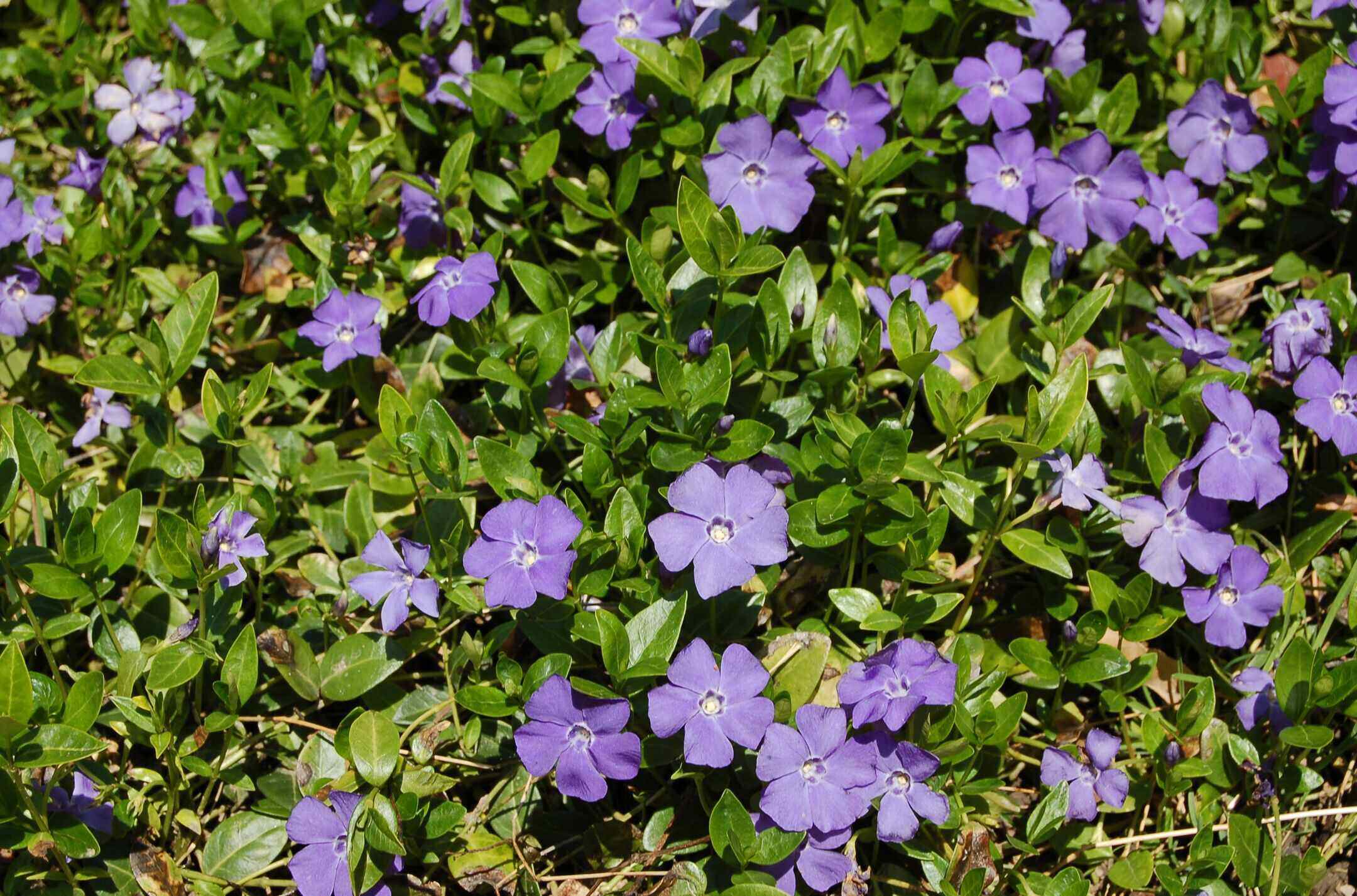
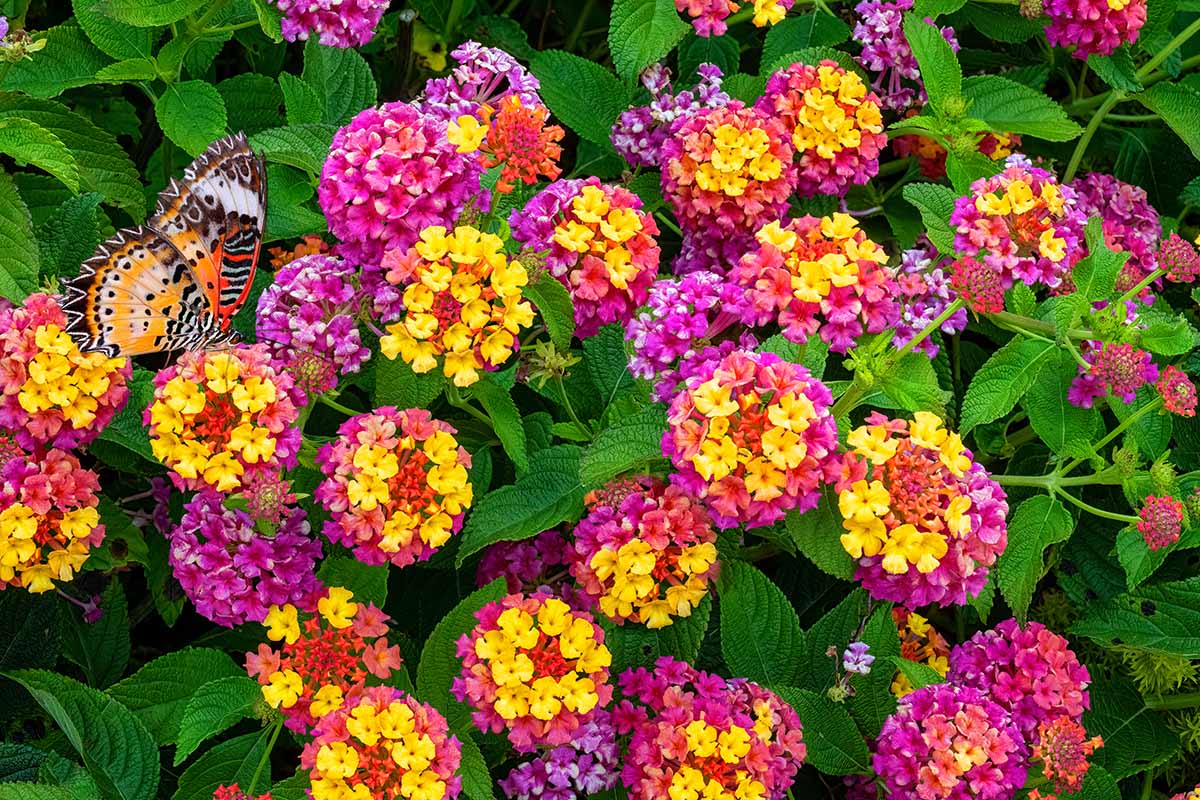
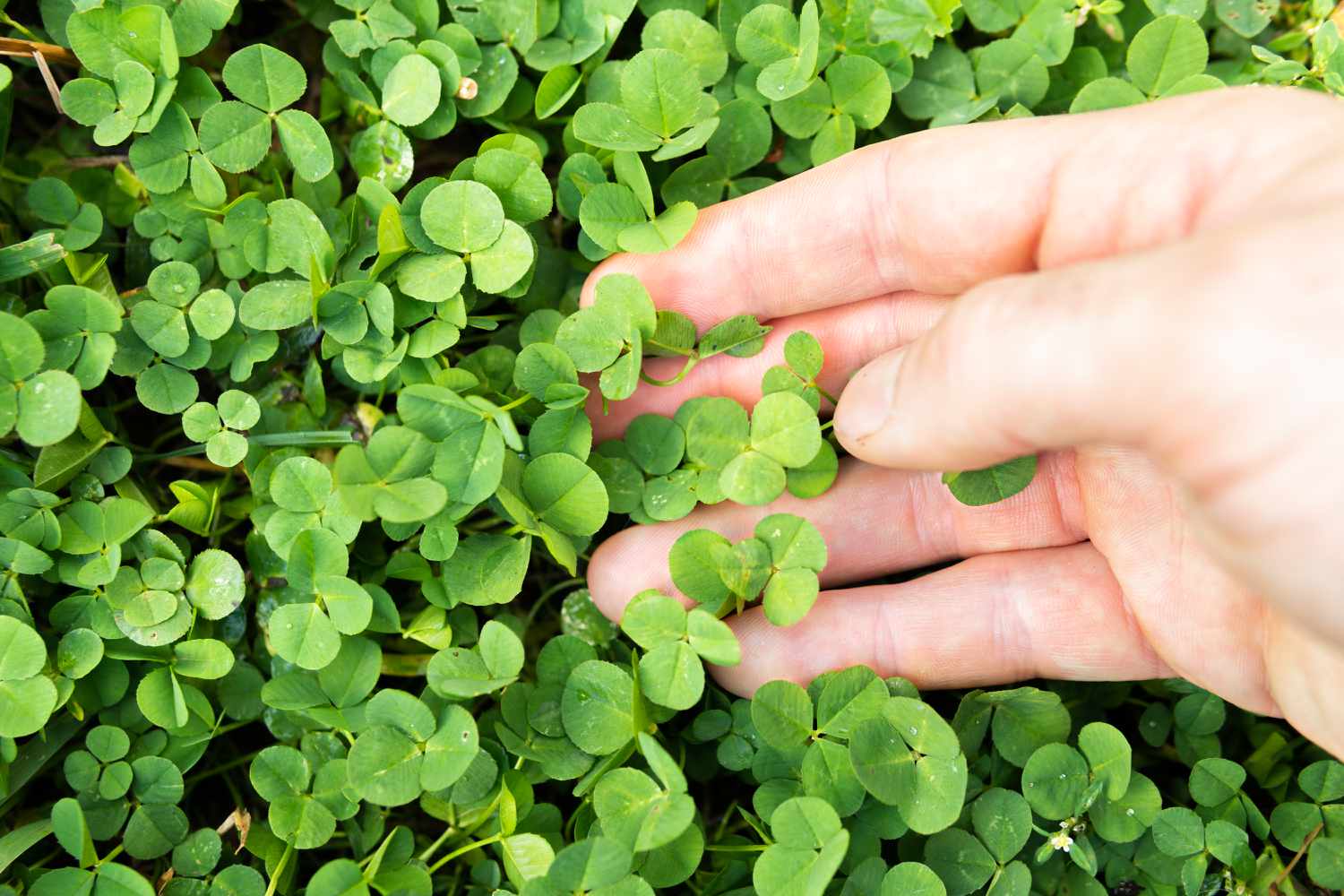
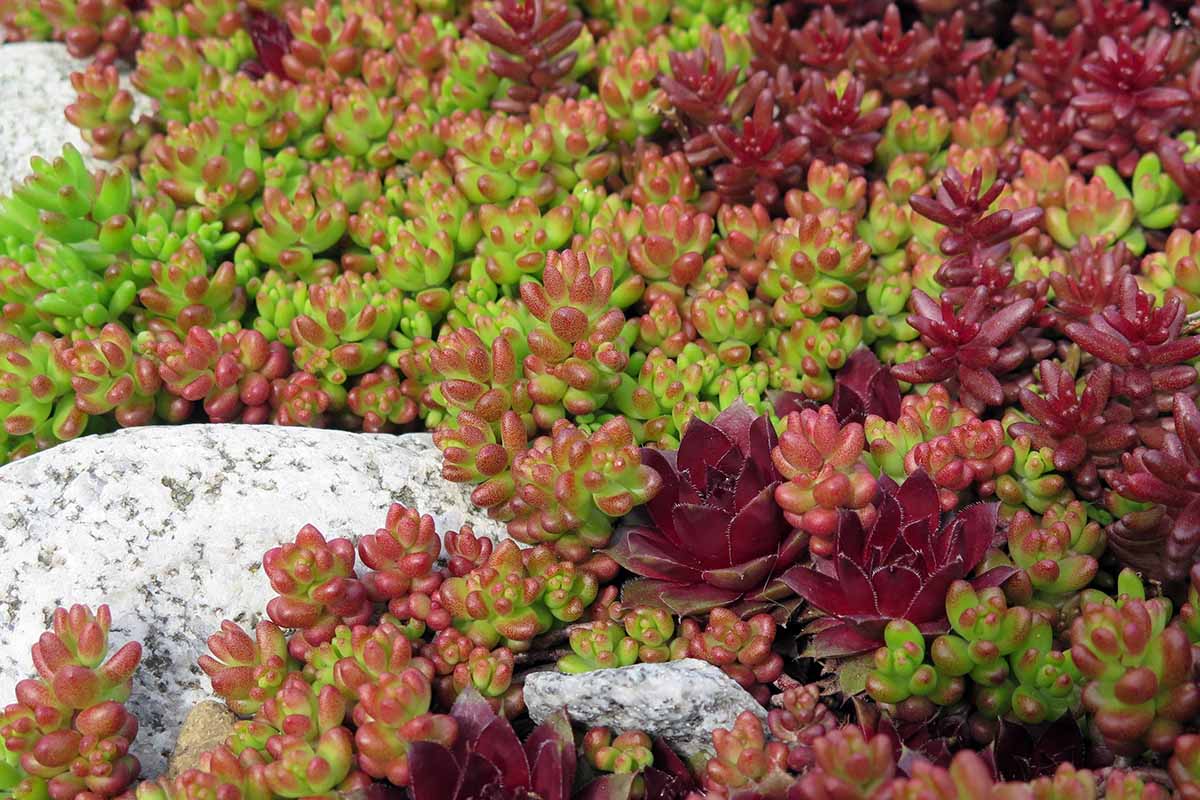
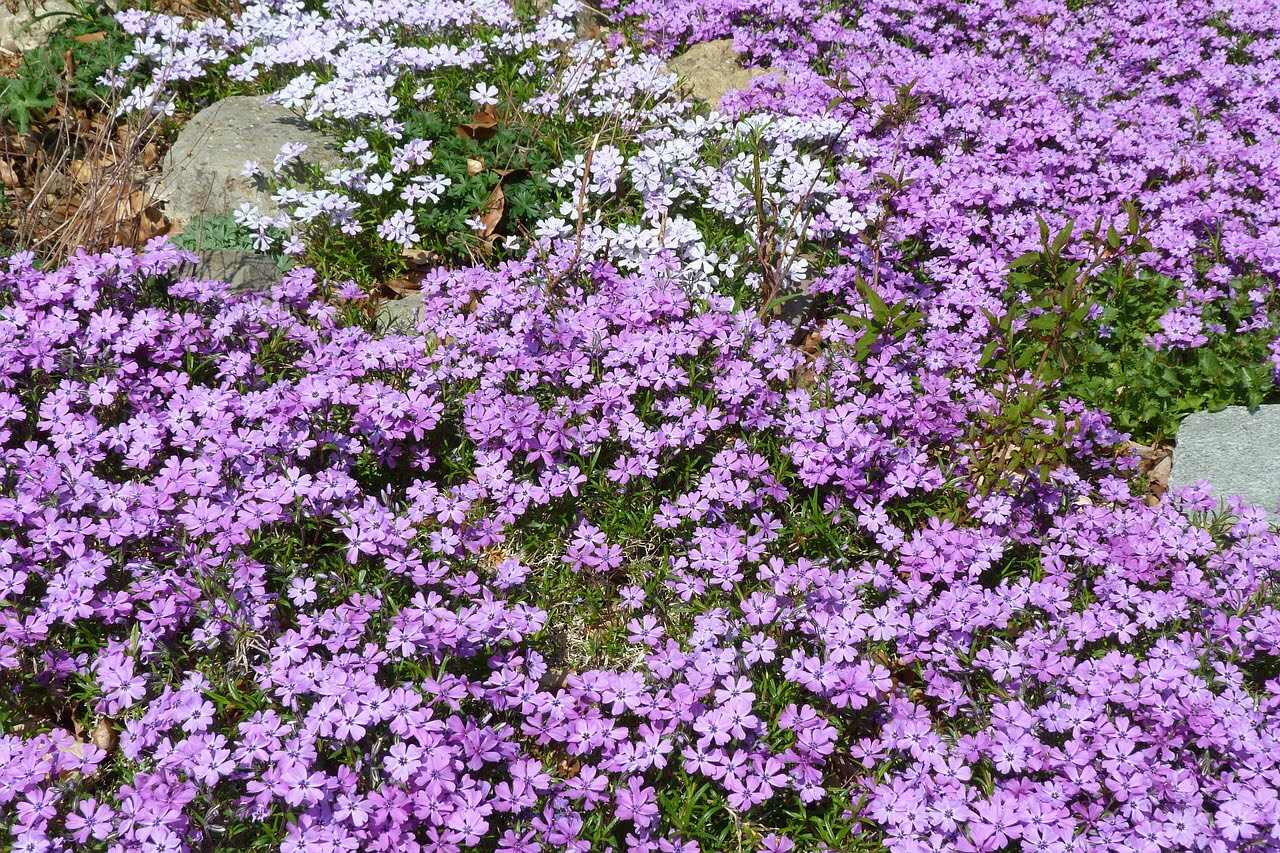
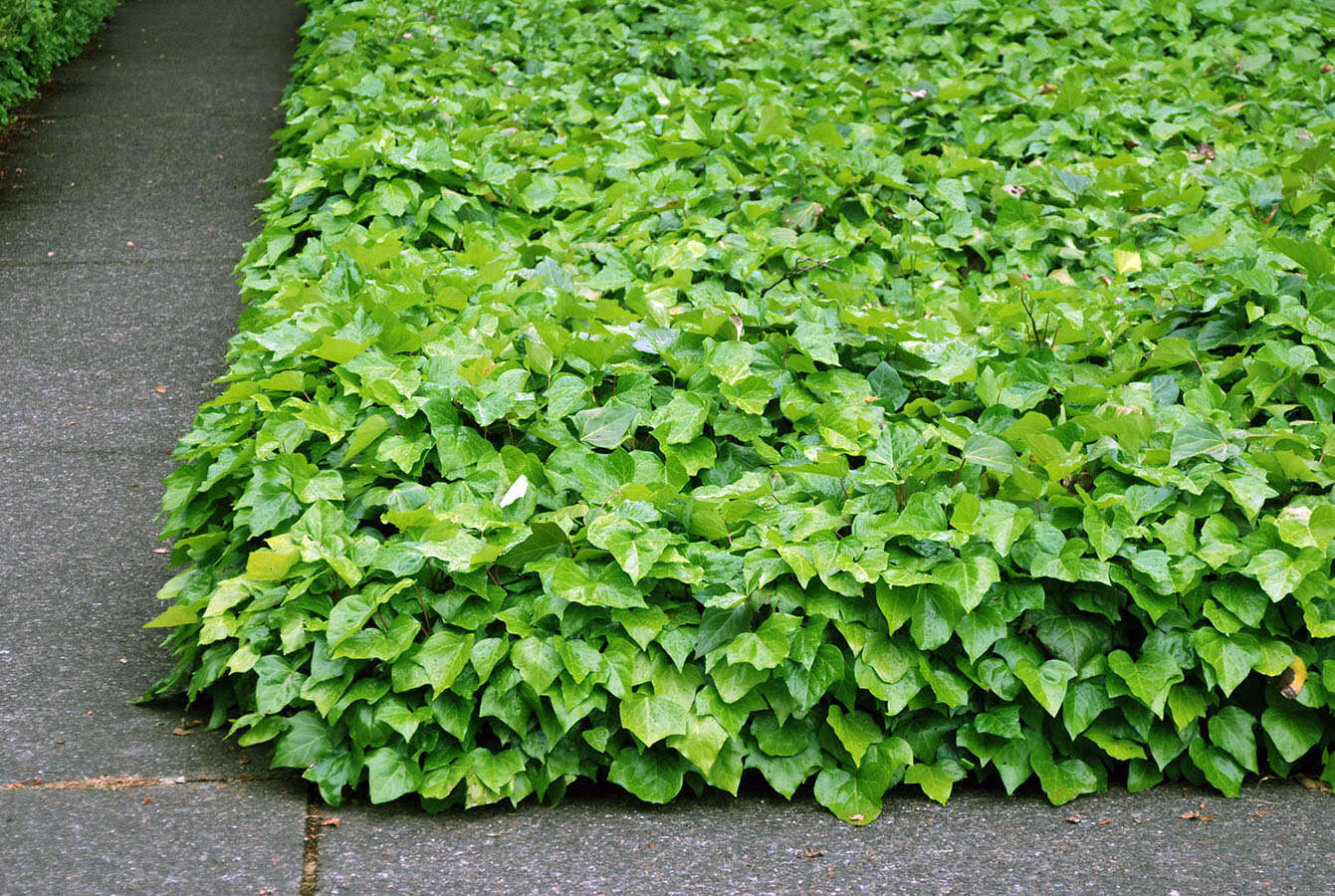
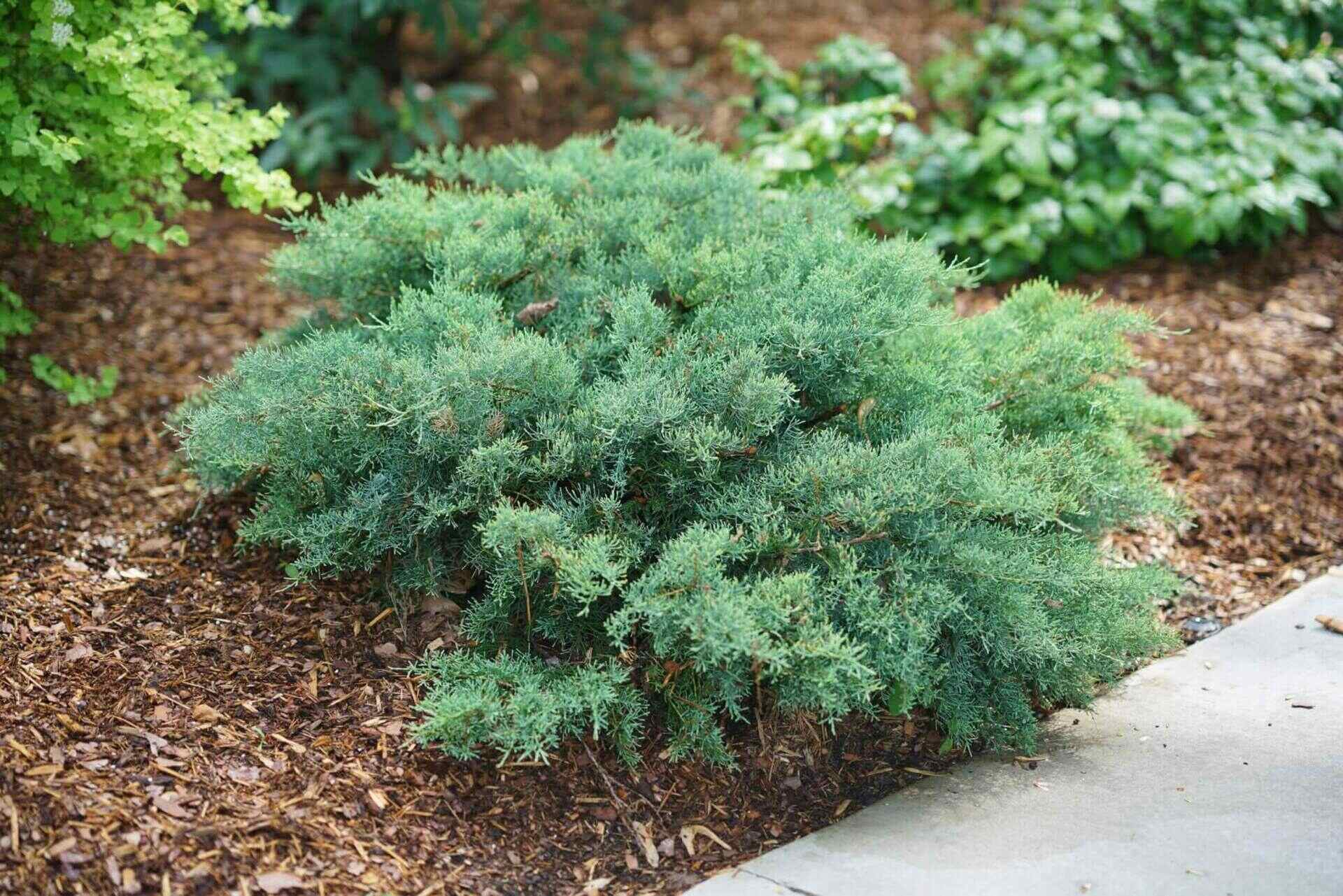
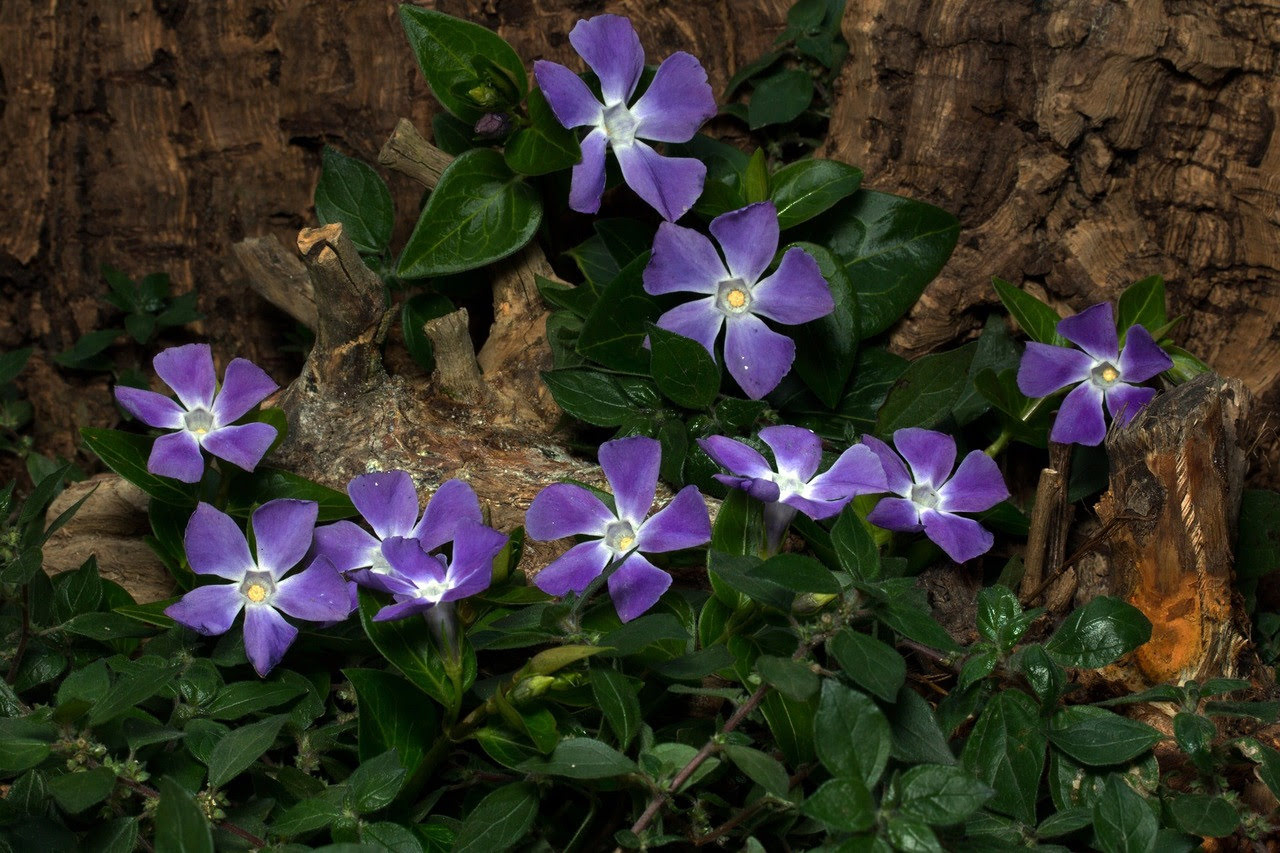
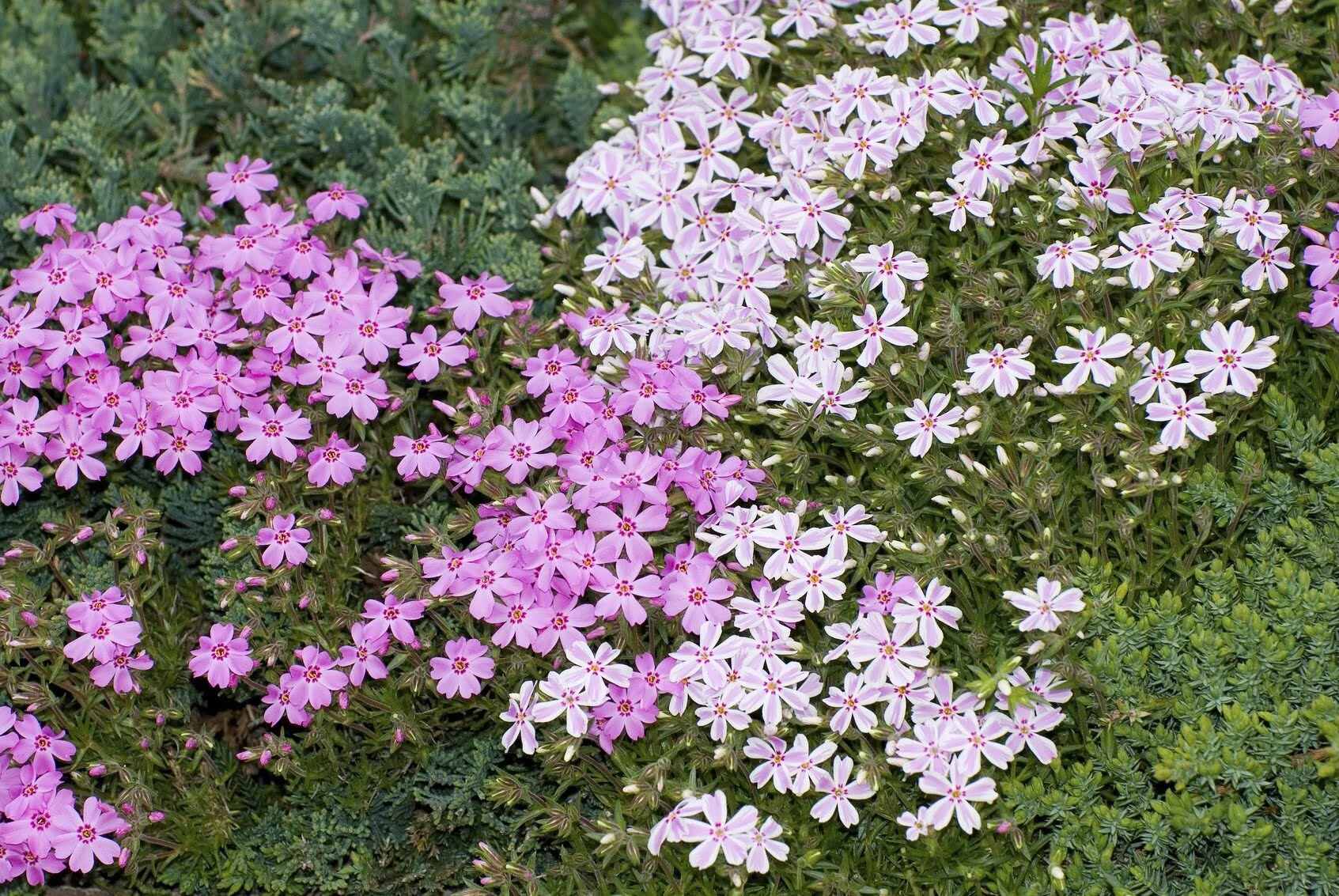
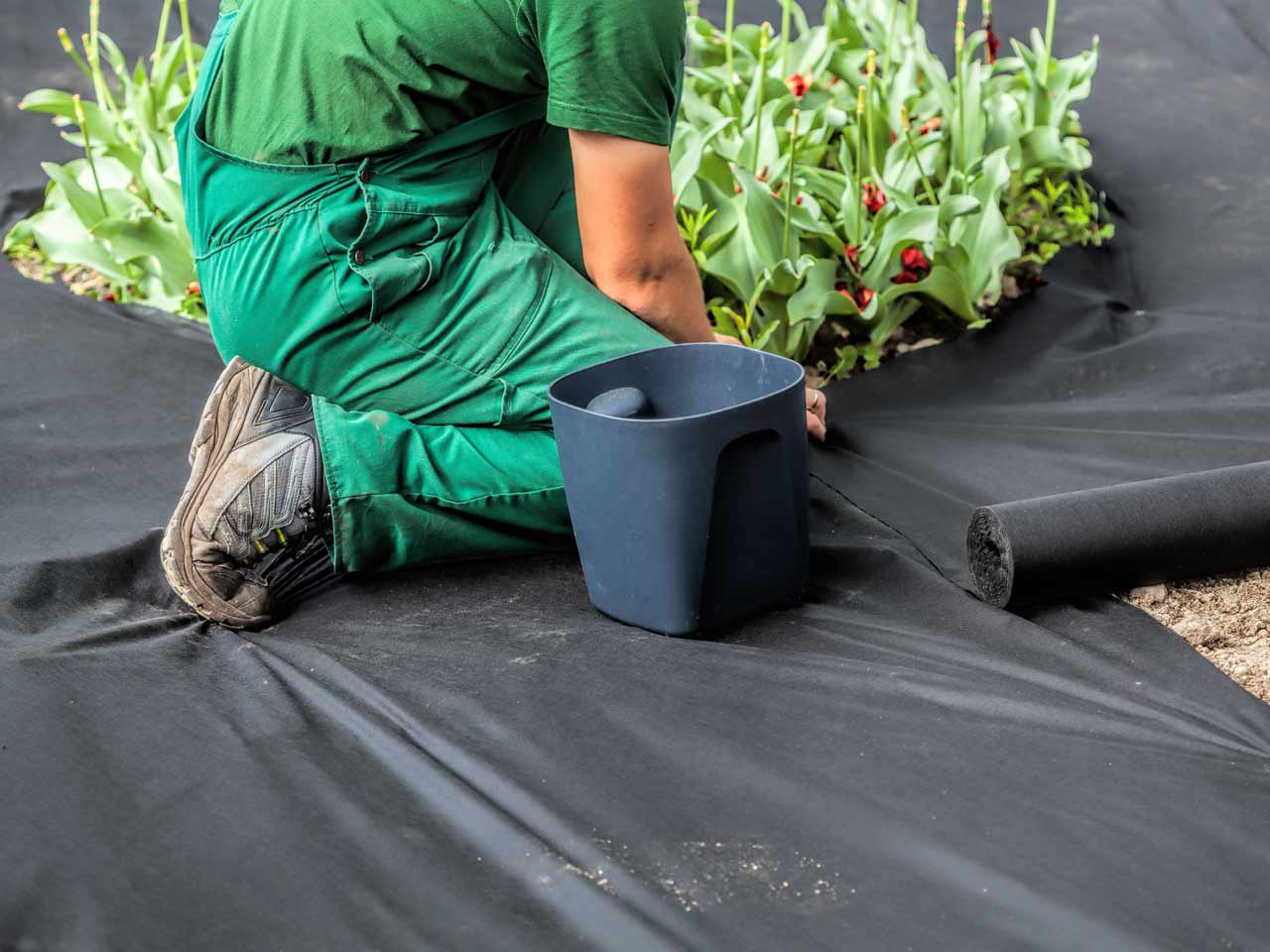
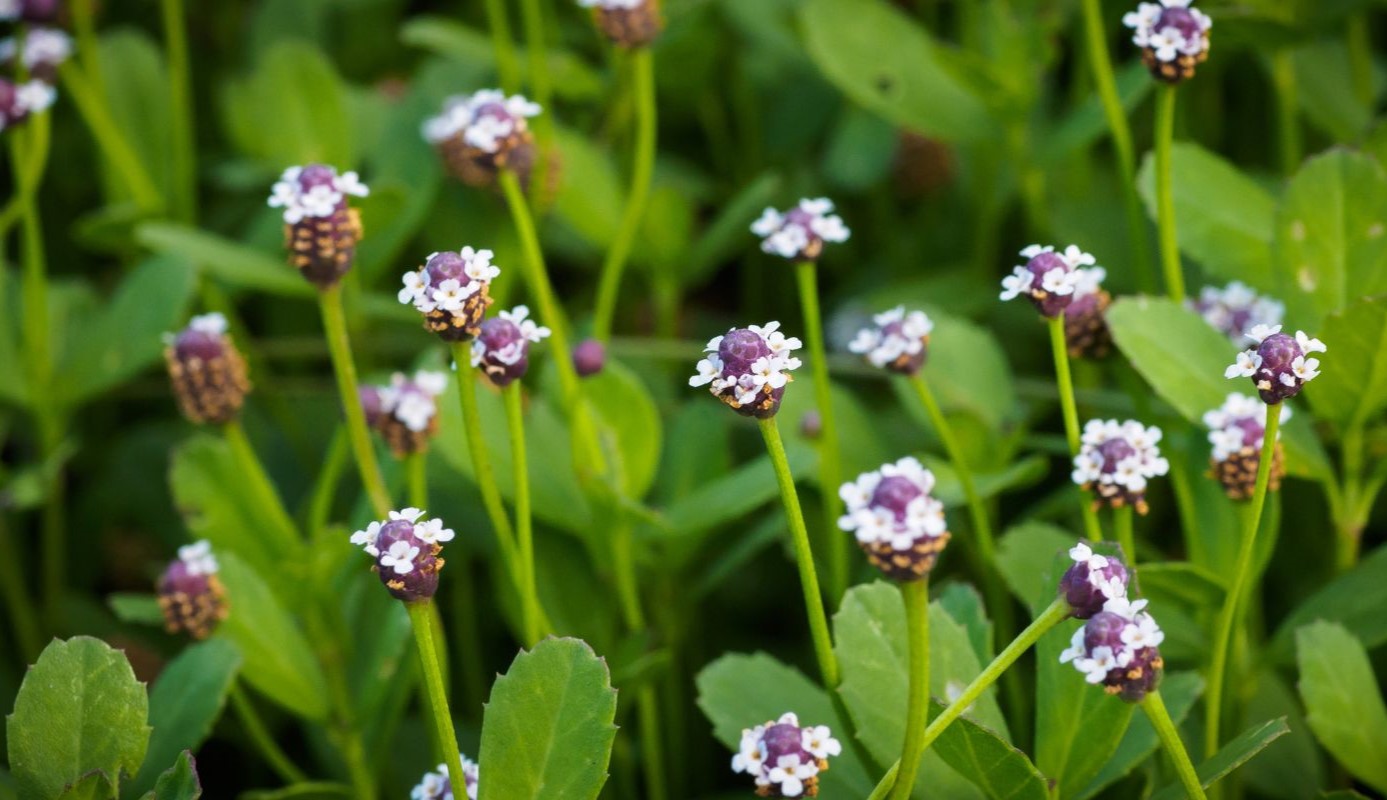
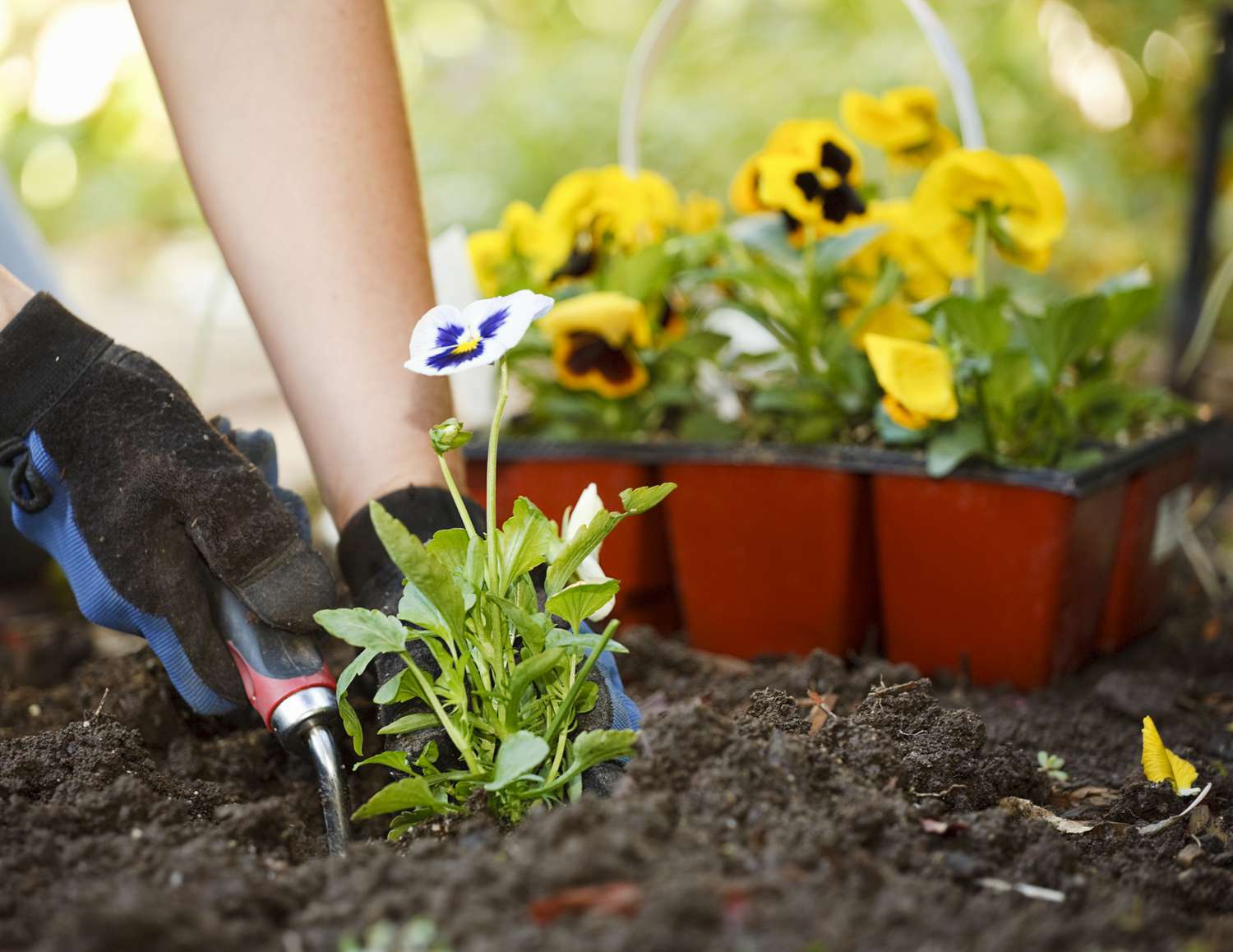
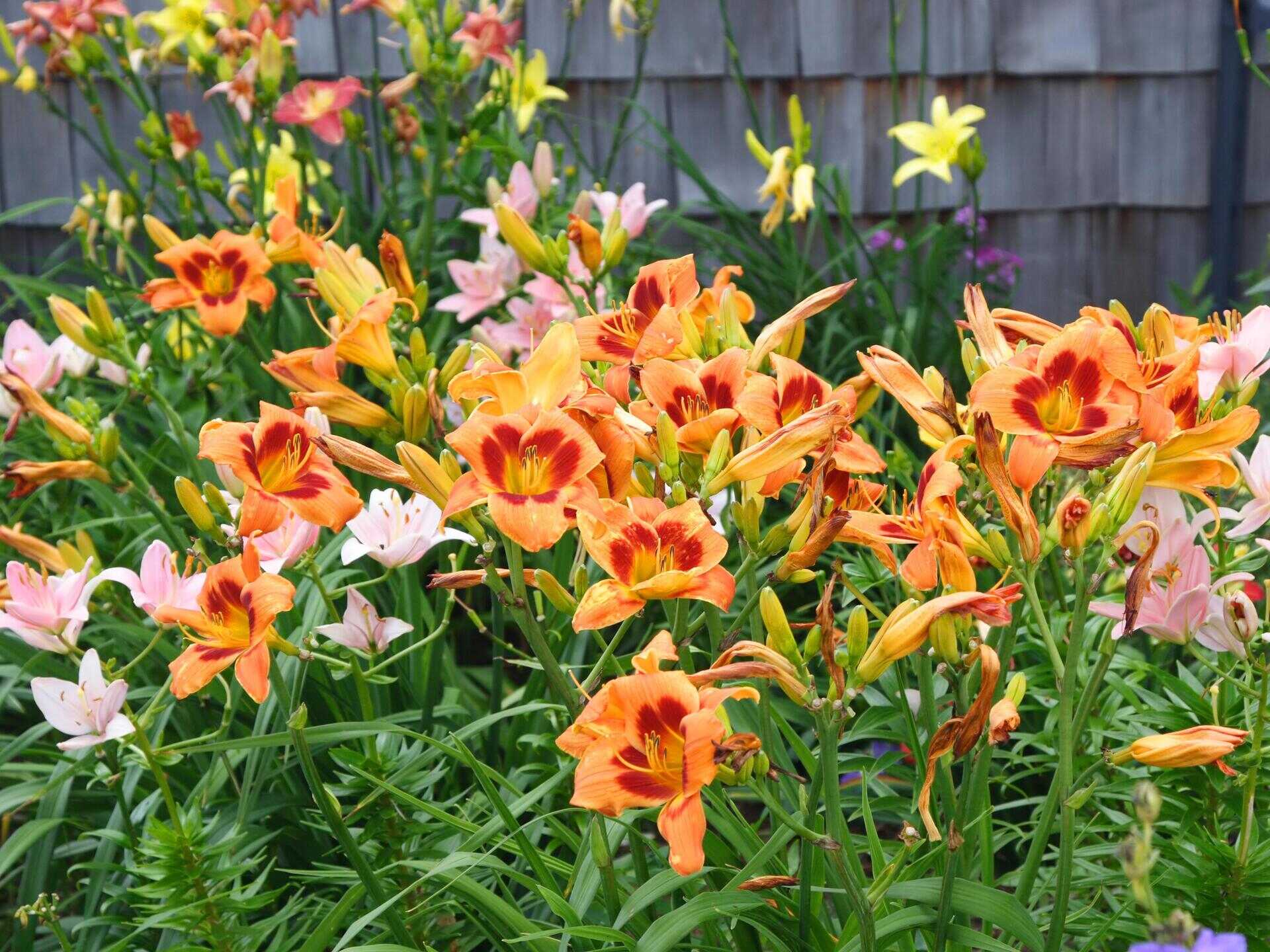

0 thoughts on “How To Plant Wild Lamium Ground Cover”